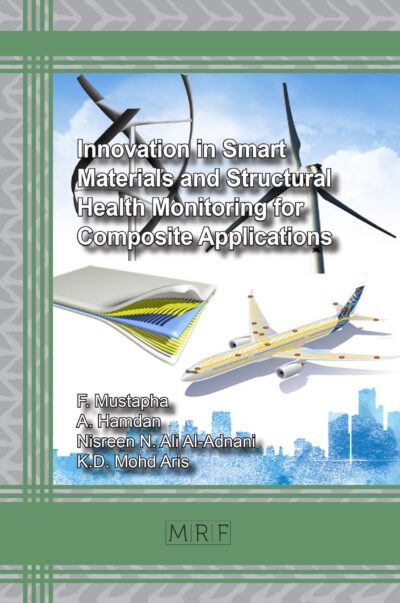Abrasion resistance of some composite polymer materials
Roxana HOBJÂLĂ, Vasile ERMOLAI, Răzvan MITITELU, Adelina HRIȚUC, Elisaveta CRĂCIUN, Ioan SURUGIU, Laurențiu SLĂTINEANU, Cristian BISOG
Abstract. Plastic are non-metallic material characterized by an amorphous structure and manufactured by melting together several constituents, such as resins, plasticizers, dyes, fillers, etc. These materials can be deformed with relative ease at temperatures of 140-180 ° C. In turn, composite materials are constituted by a metallic or non-metallic mass reinforced with resistance elements in the form of long fibers, short and very short fibers, granules, fabrics, felt, etc. The use of parts made of composite materials in conditions characterized by the action of abrasive wear processes requires the knowledge of additional information regarding the behavior of these materials under such stresses. Samples of cylindrical form were made from two polymeric composite materials, namely Granite and PolyMide using a 3D printing process. For abrasive erosion testing, a pin-on-cylindrical surface pattern was chosen. As such, an abrasive testing device adaptable to a universal lathe was designed and achieved. The nature of the composite polymer material, the granulation of the abrasive paper, and the pressing force of the test sample on the abrasive cylinder were taken into account as input factors in the process. The output parameter monitored was the loss of material from the test sample as a result of the abrasion process. The experimental results were processed using specialized software. There were determined empirical mathematical models capable of highlighting the direction of action and the intensity of the influence exerted by some input factors in the testing process on the loss of material by the test sample as a result of the abrasion process. It was found that, for the conditions in which the experimental research was carried out, the strongest influence was exerted by the nature of the composite polymer material, followed by the magnitude of the pressing force of the test sample and by the granulation of the abrasive material.
Keywords
Composite Material, Abrasion Resistance, Test Device, Empirical Mathematical Model
Published online 5/7/2025, 9 pages
Copyright © 2025 by the author(s)
Published under license by Materials Research Forum LLC., Millersville PA, USA
Citation: Roxana HOBJÂLĂ, Vasile ERMOLAI, Răzvan MITITELU, Adelina HRIȚUC, Elisaveta CRĂCIUN, Ioan SURUGIU, Laurențiu SLĂTINEANU, Cristian BISOG, Abrasion resistance of some composite polymer materials, Materials Research Proceedings, Vol. 54, pp 2112-2120, 2025
DOI: https://doi.org/10.21741/9781644903599-227
The article was published as article 227 of the book Material Forming
![]() Content from this work may be used under the terms of the Creative Commons Attribution 3.0 license. Any further distribution of this work must maintain attribution to the author(s) and the title of the work, journal citation and DOI.
Content from this work may be used under the terms of the Creative Commons Attribution 3.0 license. Any further distribution of this work must maintain attribution to the author(s) and the title of the work, journal citation and DOI.
References
[1] S.S. Mahapatra, V. Chaturvedi, Modelling and analysis of abrasive wear performance of composites using Taguchi approach, Int. J. Eng. Sci. Technol. (2009) 1 123-135. https://www.ajol.info/index.php/ijest/article/view/58072
[2] R. Hemanth, B. Suresha, M. Sekar, Abrasive wear behavior of thermoplastic copolyester elastomer composites. Emerg. Mater. Res. (2015) 4 108-118. https://doi.org/10.1680/emr.15.00008
[3] R. Hsissou, R. Seghiri, Z. Benzekri, M. Hilali, M. Rafik, A. Elharfi, Polymer composite materials: A comprehensive review, Compos. Struct. (2021) 262 113640. https://doi.org/10.1016/j.compstruct.2021.11364\
[4] M. Zaccone, I. Kociolek, A. Frache, C. Bellini, V. Di Cocco, M. Monti, Abrasion resistance of a carbon fiber reinforced composite based on a nanoclay epoxy nanocomposite matrix, Polym. Compos. (2023) 45 2919-2926. https://doi.org/10.1002/pc.27951
[5] G. Crețu, Fundamentals of experimental research. Laboratory handbook (in Romanian). “Gheorghe Asachi” Technical University of Iaşi, Romania, 1992












